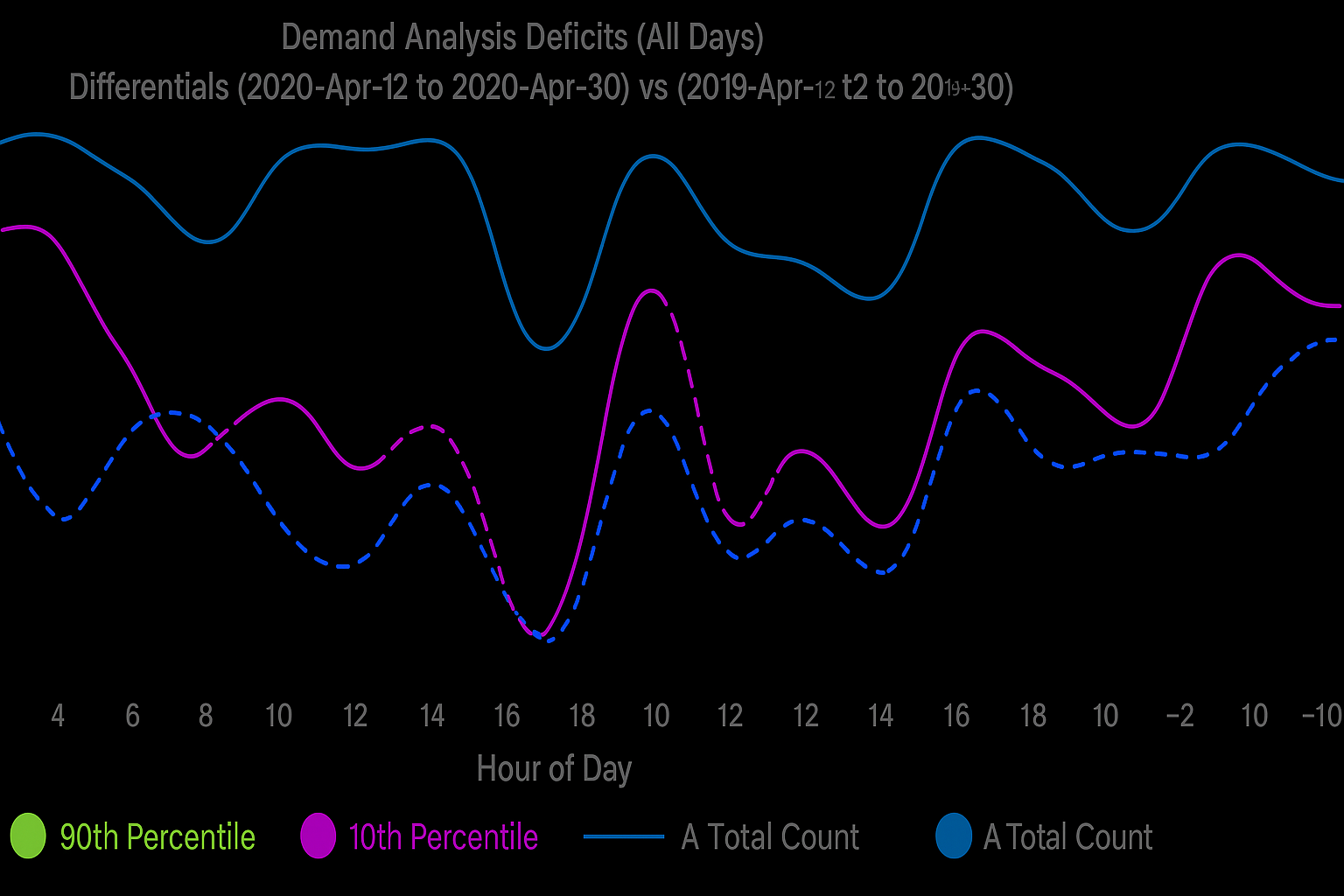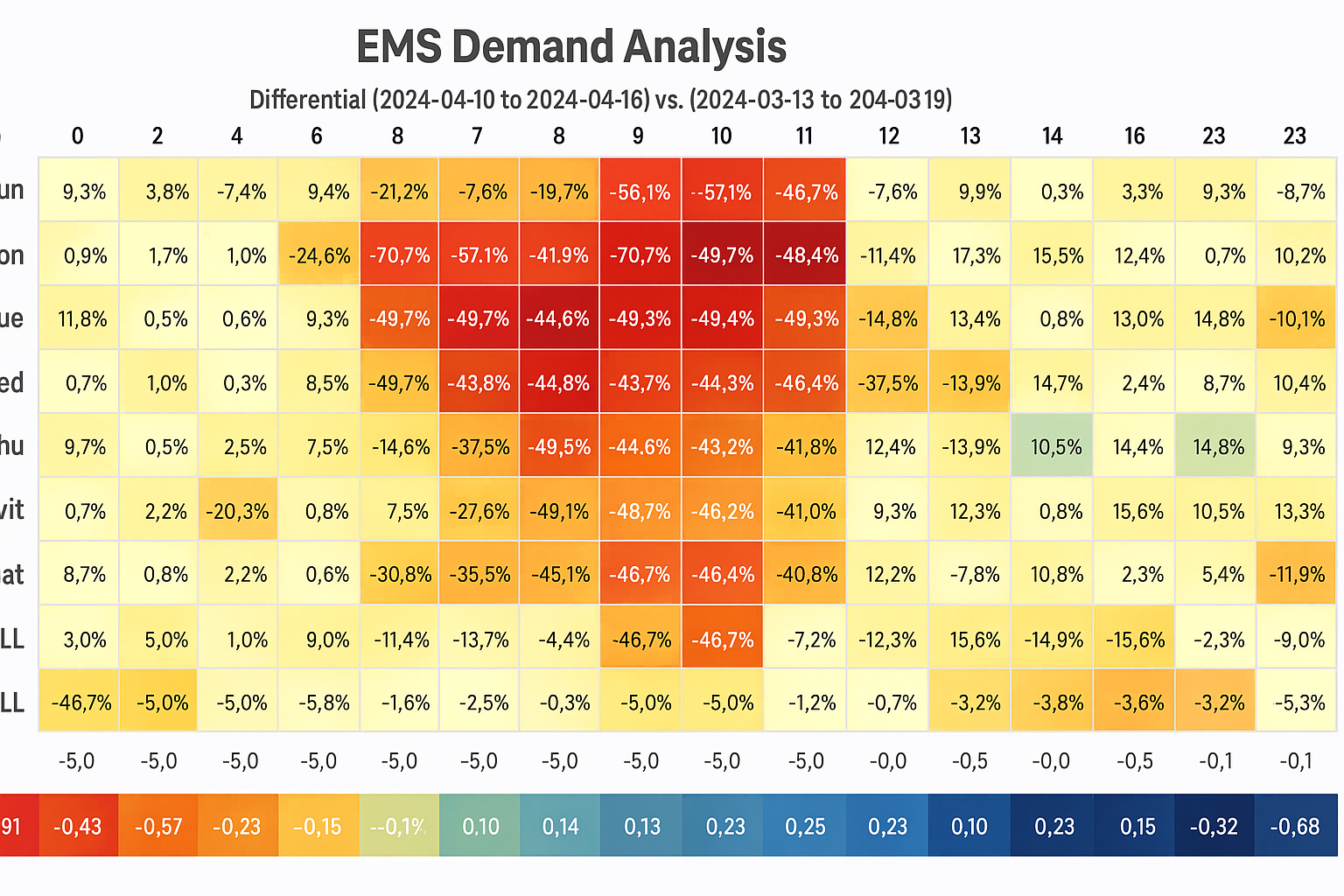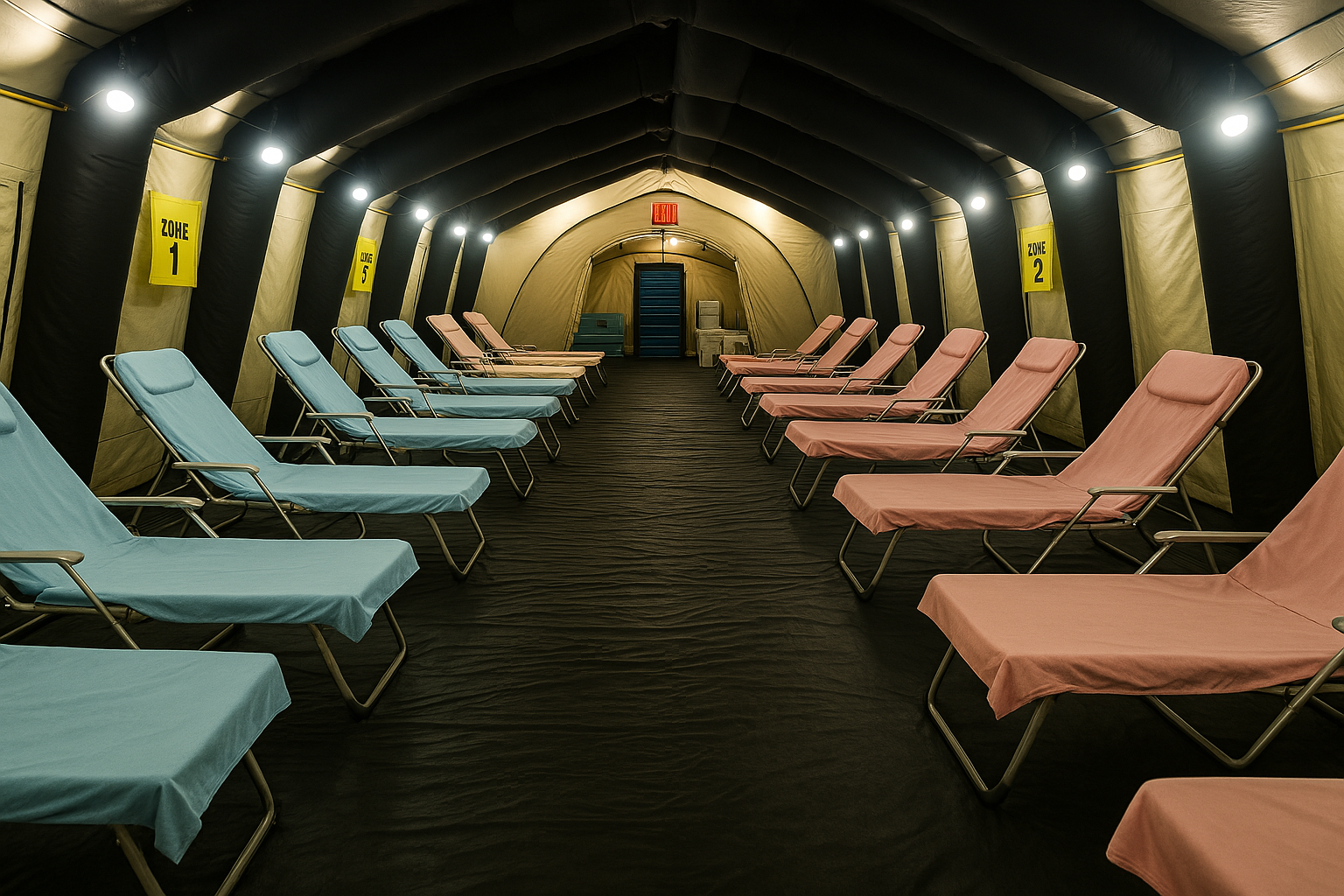Operational Readiness
Expert evaluations, planning, and assessments to enhance emergency response and operational efficiency.
Operational Readiness in Resource-Limited Fire & EMS Agencies
In fire and EMS agencies across the U.S. and Caribbean, operational readiness is both a necessity and a challenge—especially where resources are limited. These agencies must maximize personnel training, equipment maintenance, and incident response planning with constrained budgets and aging infrastructure. Success hinges on strategic leadership, community partnerships, and a strong emphasis on cross-training, resilience, and innovation. Despite limitations, these teams remain mission-focused and ready to respond, embodying the core values of service, adaptability, and commitment to public safety.
Disaster Response Readiness
Expert evaluations, planning, and assessments to enhance emergency response and operational efficiency.
Planning & Preparedness
Designing scalable, integrated plans for natural and human-made disasters is crucial for ensuring effective response and recovery. Our disaster planning services focus on creating adaptable plans that can be activated in the event of fires, medical emergencies, or large-scale crises, ensuring resources are used efficiently and priorities are clear.
After-Action Reviews (Critical Incidents)
Expert evaluations, planning, and assessments to enhance emergency response and operational efficiency.
After-Action Incident Assessments
We conduct thorough after-action reviews to identify strengths, gaps, and actionable improvements after key incidents, including fires, Mass Casualty Incidents (MCIs), firefighter injuries, and special operations incidents. These reviews offer valuable insights into operational effectiveness and guide improvements in response protocols, training programs, and overall preparedness.






